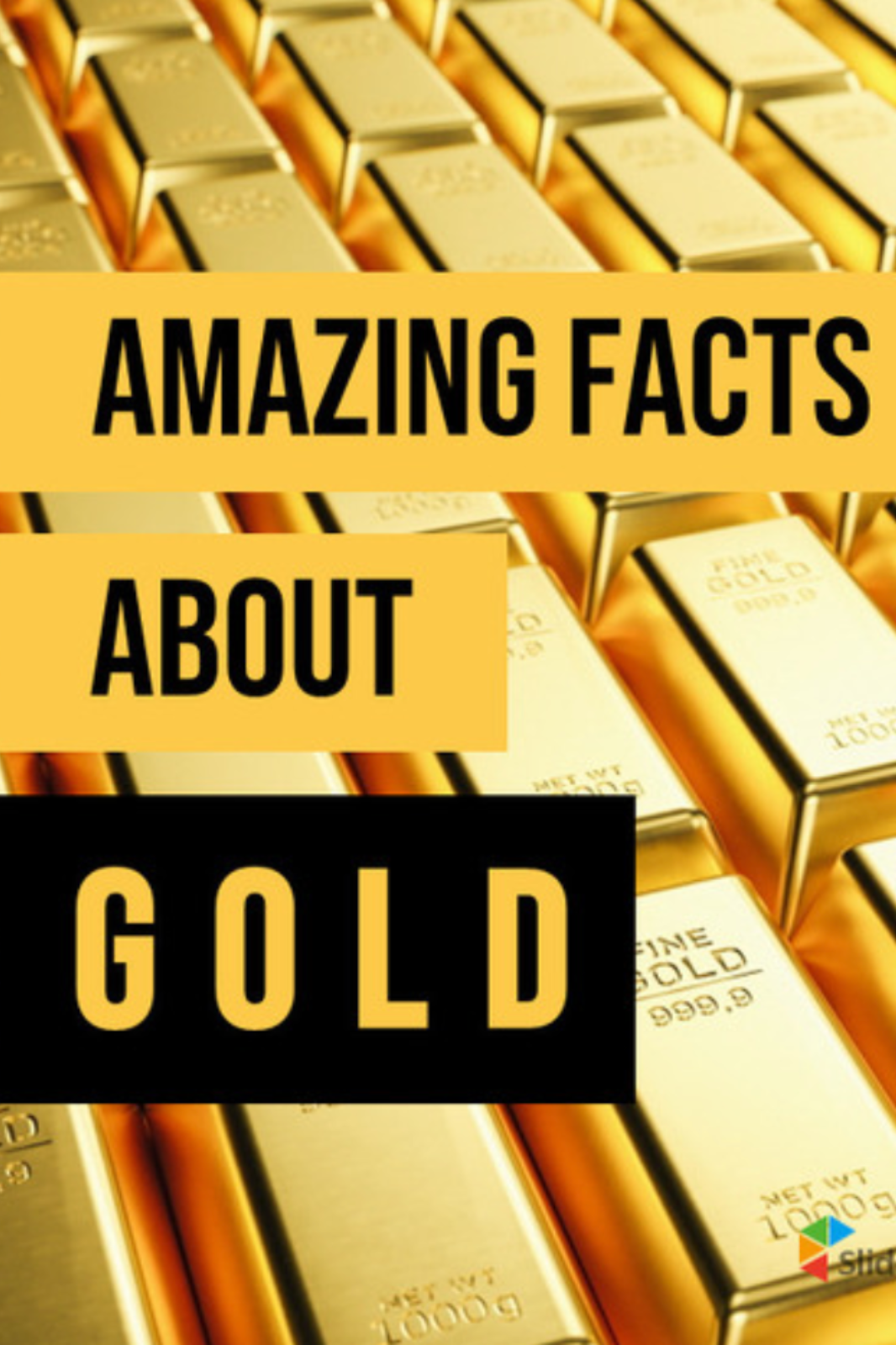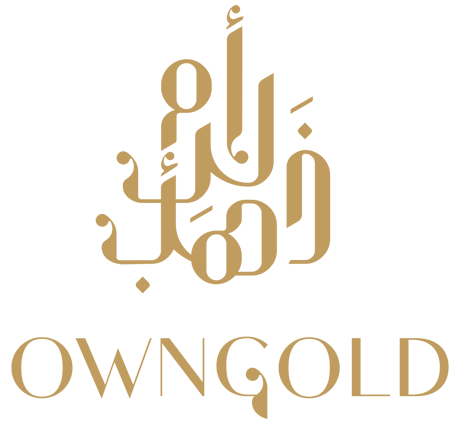Own Gold
The History of Gold
Gold has captivated humanity for millennia, symbolising wealth, power, and beauty. Its enduring allure has shaped economies, influenced cultures, and sparked legendary quests. From its first discovery over 6,000 years ago in Eastern Europe to the gold rushes of the 19th century and beyond, gold's story is intertwined with the rise and fall of empires, the quest for exploration, and the development of modern economies. Join us as we explore the fascinating history of gold, from ancient civilisations to its modern-day significance.
“Let’s make history, together”
“Let’s make history, together”
Empower Your Financial Journey with Own Gold...
Whether you're a seasoned investor seeking to diversify your portfolio or a newcomer looking to enter the world of gold investments, Own Gold provides a reliable platform to achieve your financial goals. Join us today and unlock the potential for secure, high returns with confidence.




The Timeless Allure:
A Journey Through the History of Gold
Own Your Future
Gold's story is as rich and intricate as the precious metal itself. From the earliest days of human civilisation, gold has been a symbol of status and a medium of exchange. This page delves into the pivotal moments in the history of gold, highlighting its impact on cultures, economies, and technological advancements.
Ancient Beginnings
The earliest records of gold usage date back to 4000 BCE in Eastern Europe, where it was crafted into decorative objects. Ancient Egyptians, renowned for their lavish use of gold, considered it the flesh of the gods, using it extensively in tombs and temples. By 1500 BCE, gold had become a standard of value in international trade, with the Egyptians developing the first known gold purification techniques.
HISTORY
Gold: The Eternal Standard of Wealth and Power.
"A Golden Journey: Key Moments in History"
Explore the rich history of gold through our detailed timeline, highlighting key moments from its earliest use in 4000 BCE to modern-day significance. Discover how gold has influenced economies, driven exploration, and reached record prices, all while maintaining its status as a symbol of wealth and stability.
Earliest known use of gold in Eastern Europe for ornamental purposes.
Ancient Egyptians craft gold into jewellery and artefacts, developing early purification methods.
Gold becomes a standard of value in international trade.
Lydians (modern-day Turkey) minted the first gold coins.
Romans revolutionised gold mining and minting techniques.
Middle Ages see European monarchs amassing gold; exploration for gold drives the Age of Discovery.
California Gold Rush leads to significant global gold production.
Australian Gold Rush leads to significant global gold production.
Discovery of gold in South Africa creates the world's largest gold-producing region.
Gold standard establishes gold as a basis for major world currencies.
End of the gold standard; gold becomes a free-market commodity.
Advances in gold mining technology and sustainability practices
Gold prices reach an all-time high of over $1,900 per ounce during global economic uncertainty.
Amid the COVID-19 pandemic, gold prices surge past $2,000 per ounce, reinforcing its status as a safe-haven asset.
Continued innovations in gold mining and refining, along with sustainable practices, ensure the metal's ongoing relevance and value in global markets.
Did you know...
The world’s largest gold bar, weighing a staggering 300.12 kg (661 lb 10 oz), was achieved by Emirates Minting Factory LLC (UAE) in Dubai on 10 November 2024, setting a new Guinness World Record!

Glittering Trivia: Fun Facts About Gold
Gold is not just a precious metal but a source of endless fascination and surprising uses. From edible gold in gourmet dishes to its critical role in space exploration, discover the quirky and intriguing aspects of gold that make it truly extraordinary. Dive into these fun facts and uncover why gold has captivated humans for centuries!
Gold is non-toxic and edible; it’s often used to decorate gourmet dishes and desserts. Gold leaf, flakes, and dust add a touch of luxury to food and beverages.
Gold originates from supernovae and neutron star collisions in space, formed through nuclear fusion processes and dispersed throughout the universe. On Earth, gold is found in the Earth's crust and core, having been delivered by meteorite impacts billions of years ago. Most gold deposits are mined from veins in rocks and alluvial deposits in riverbeds, where natural geological processes have concentrated it over millennia.
The Muruntau gold mine in Uzbekistan is considered the largest gold mine in the world in terms of production. The Muruntau mine, located in the Kyzylkum Desert, is an open-pit operation and has one of the largest reserves of gold globally. It is operated by the state-owned Navoi Mining & Metallurgy Combinat and produces several million ounces of gold each year, making it the largest single gold-producing site in the world.
One of the largest physical gold investments you can make today is purchasing a 400 oz gold bar, often referred to as a "Good Delivery" bar. These bars are recognised by international markets and are typically used by central banks and large institutional investors. They weigh approximately 12.4 kilograms (27.4 pounds) and are valued based on the current market price of gold.
If you gathered all the gold ever mined in history, it would fit into a cube just 21 meters on each side.
The Voyager spacecraft, launched in 1977, carries a golden record containing sounds and images of Earth as a message to potential extraterrestrial life.
The ancient Egyptians considered gold to be the “flesh of the gods” and it was used extensively in their burial practices and artefacts.
Fort Knox, one of the most secure vaults in the world, holds about half of the United States' gold reserves.
On the periodic table, gold's symbol is Au, derived from the Latin word 'aurum,' and its atomic number is 79.

Unlocking Unique Financial Advantages
Technological and Industrial Applications
Cutting-Edge Technology: Beyond its traditional roles, gold plays a crucial part in the tech industry. It is a key component in electronics, used in everything from smartphones to advanced medical devices. The demand for gold in technology is expected to rise with advancements in fields like renewable energy, electric vehicles, and 5G networks.
Innovations in Medicine: Gold nanoparticles are being used in cutting-edge medical research and treatments, including cancer therapy and diagnostic testing. As medical technology continues to evolve, the use of gold in healthcare could drive new demand and open up innovative investment opportunities.

Environmental & Ethical Investing
In recent years, there has been a notable shift towards sustainable and ethical practices within the gold mining industry. This movement is driven by the recognition of environmental impacts and social responsibilities associated with mining operations. Investors now have the opportunity to align their investments with these values by choosing gold sourced from environmentally responsible mines. These mines prioritise practices such as minimising carbon footprints, reducing water usage, and rehabilitating mining areas post-extraction.
Furthermore, ethical investing in gold supports initiatives that promote fair labor practices and community development in mining regions. Companies adhering to ethical standards ensure safe working conditions, fair wages, and community engagement programs, benefiting local populations. By investing in gold from such operations, investors not only contribute to sustainable development but also mitigate risks associated with reputational and regulatory issues.
This trend towards sustainable and ethical mining practices reflects broader global movements towards environmental stewardship and corporate social responsibility. Investors embracing these principles can not only achieve financial returns but also make a positive impact on the environment and communities affected by gold mining activities.
Why Gold? Long-Term Financial Advantages
Investing in gold offers long-term financial advantages rooted in its historical stability, intrinsic value, and resilience during economic uncertainties. As a tangible asset, gold serves as a hedge against inflation and currency fluctuations, maintaining purchasing power over time. Its global acceptance and liquidity ensure accessibility and security, making gold an essential component of diversified investment portfolios for preserving wealth and achieving long-term financial growth.

Decades of Appriciation
Over the past 50 years, gold has demonstrated significant price appreciation. For instance, gold prices have risen from around $35 per ounce in 1970 to over $2,400 per ounce in 2024.
Resilience Through Economic Cycles
Gold has shown remarkable resilience through various economic cycles. During the 2008 financial crisis, for example, while global stock markets plummeted, gold prices surged.
Currency Devaluation Shield
Gold also serves as a safeguard against currency devaluation. In countries experiencing currency devaluation or hyperinflation, it has been a critical asset for preserving purchasing power.

